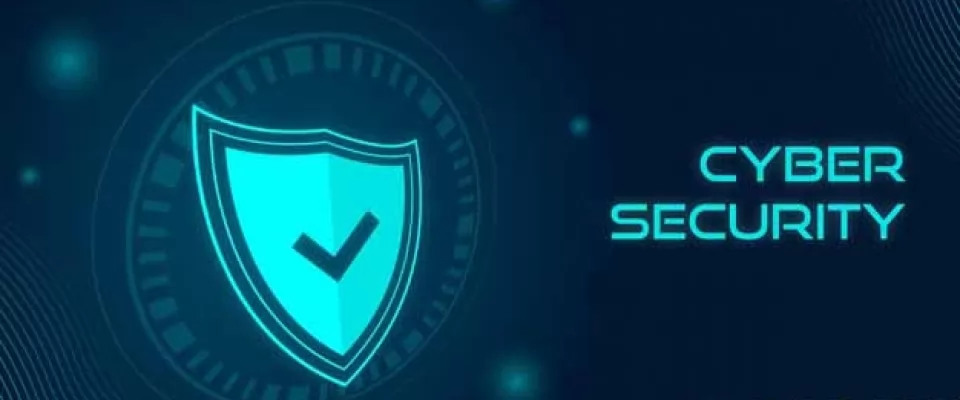ミ★ 𝘝𝘪𝘬𝘢𝘴 𝘠𝘢𝘥𝘢𝘷 009 ★彡
𝓐𝓾𝓽𝓱𝓸𝓻 - 𝕍𝕚𝕜𝕒𝕤 𝕐𝕒𝕕𝕒𝕧 { 𝐂𝐨𝐧𝐭𝐚𝐜𝐭 𝐮𝐬 𝐨𝐧 𝐖𝐡𝐚𝐭𝐬𝐀𝐩𝐩 +𝟗𝟏 𝟕𝟗𝟖𝟓 𝟑𝟓𝟑 𝟏𝟎𝟗 }

Do you know how secure your website really is?
In the web programming profession, it is important to take into consideration everything from the essential aspects of cybersecurity to those that are more complex, as it is a profession that is constantly exposed to attacks by hackers and other cybercriminals.
In this article we would like to share with you a checklist of some of the tools and practices that programmers should consider when creating and maintaining a website.
What cybersecurity practices and tools are indispensable for a web developer?
Websites can be very vulnerable if they do not have the security mechanisms and conditions that guarantee a high level of protection for the data and different elements that make them up.
Some of the practices and tools that web programmers should take into account when creating or maintaining a website are the following:
1. Have anti-virus and anti-malware software.
Programmers must have anti-malware software, which not only detects the entry of malware, but also monitors the files continuously.
In this way, it will be possible to detect anomalies, repair damage and remove malware or malicious software such as worms, viruses, Trojans, ransomware and spyware.
2. Application security
Website applications must have different elements to ensure adequate protection, as they may have some vulnerabilities.
In this sense, it is important to guarantee security in terms of software, hardware and the processes used so that these kinds of risks can be corrected.
3. Having tools for behavioural analysis
Another element that should be part of a programmer's checklist are behavioural analysis tools, as they automatically detect various activities that may be different from what is usual on the website.
In addition, this will also allow the security team to identify in a much easier way some infiltration indicators that have the potential to generate inconveniences and to react to possible threats in a fast way.
4. Have data loss prevention technologies in place
Data loss prevention (DLP) technology will prevent sensitive information from being sent outside the network, so that people will not be able to upload, forward or print such data in a way that is not secure.
In addition, it is also important to consider cybersecurity practices such as backing up data to recover website information in the event of an attack that steals sensitive information, such as ransomware practices.
5. Connecting to a VPN
When connected to a VPN server, this virtual network can encrypt the connection from a terminal to the network, generally using the Internet, and it is recommended that it uses a layer of secure sockets in order to authenticate communications between the network and the devices.
6. Have web security
This allows you to control the use of the web of the people who access it, as it is responsible for blocking web threats and block access to some websites that are malicious. In this way, the web gateway in the cloud and installations are protected.
7. Have intrusion prevention systems in place
Intrusion prevention systems (IPS) analyse network traffic in order to actively block attacks. Next generation IPS devices can be used, which can correlate large amounts of global threat intelligence to block malicious activity.
These elements can also track the progress of suspicious files and malware through the network in order to prevent re-infection or resurgence.
8. Segmenting the network
This is a software-defined process by which network traffic is classified into different categories, facilitating the application of security policies. In this sense, classifications are based on the identity of the terminal.
Certain access rights can be assigned according to roles, location, etc., so that an ideal level of access can be assigned to the right people and suspicious devices can be retained for the purpose of correction.
9. Security for mobile devices
With these security mechanisms, it is possible to control which devices can access the network. To have this security on a website, connections must be configured to preserve the privacy of network traffic, which will allow users to have protection on their mobiles.
Conclusions
As web programmers create websites based on the digital security needs they require, they will be able to have environments that are much more secure and give confidence to users who visit them, increasing the chances that they will make conversions such as requesting products and/or services, subscribing to the website, among others.


